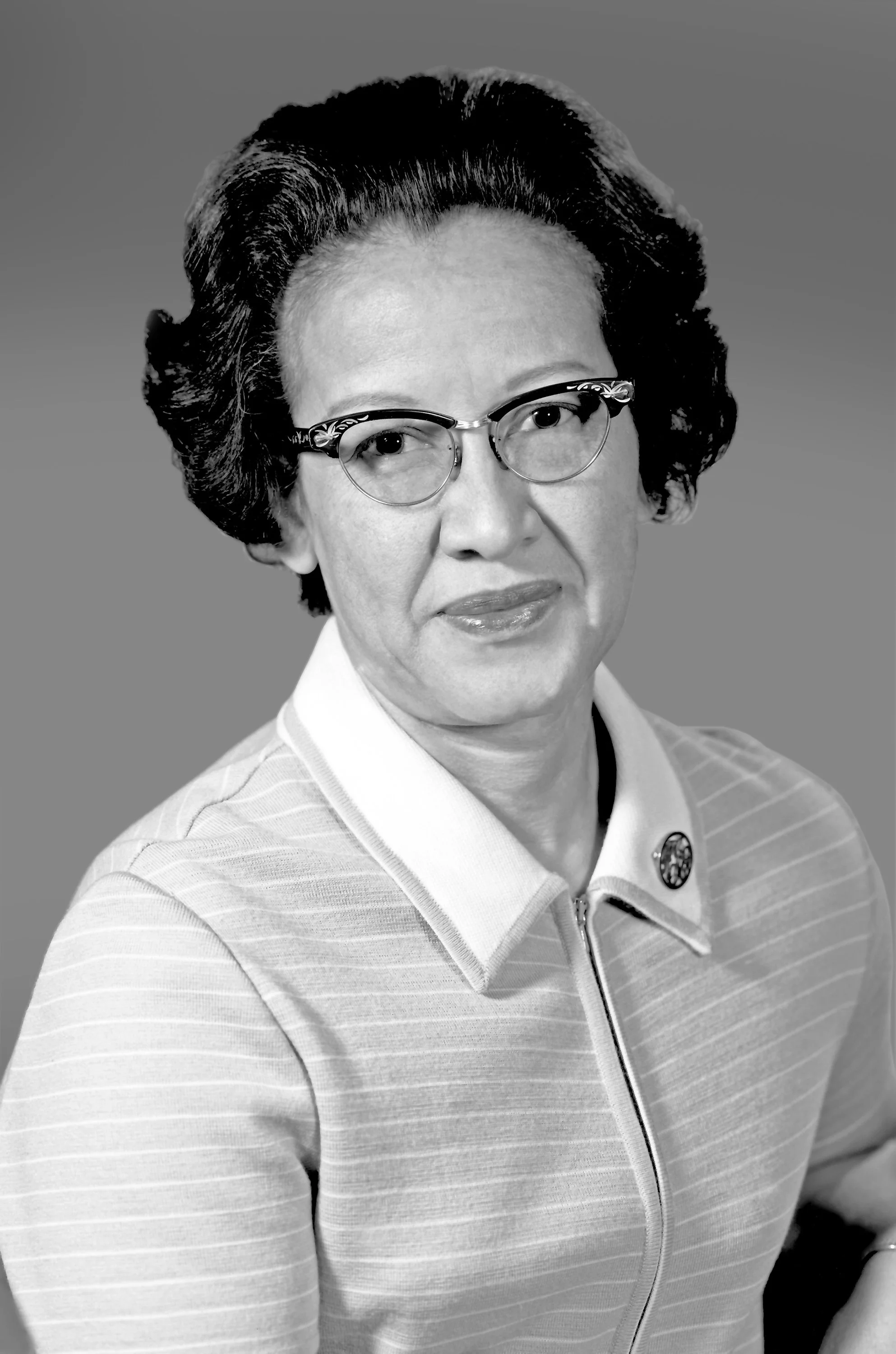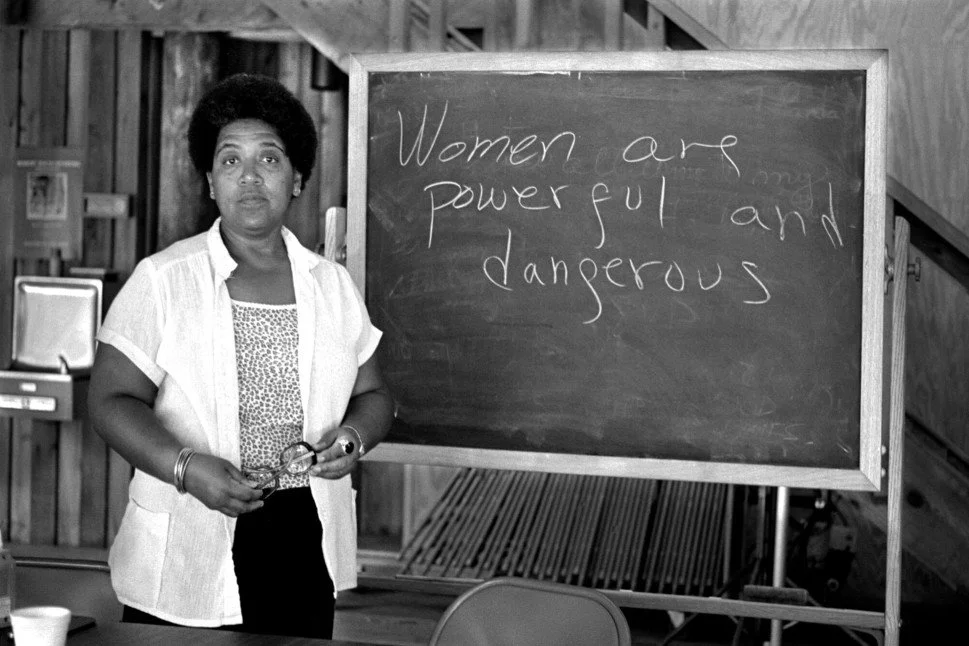Katherine Johnson: Supercomputer
Photo from NASA
Peyton Impola
In 1928, at the ripe old age of ten years old, Miss Creola Katherine Coleman began her first year of high school. She was a child prodigy–displaying strong mathematical tendencies from a very young age. However, because there were limited educational opportunities for Black children in her area, Coleman’s parents were forced to arrange schooling for her in a different city. Despite massive limitations imposed upon her by racism and segregation, Katherine Coleman–who would become Katherine Johnson–would have an extremely successful academic career, and would go on to help launch the first American into space. She was a trailblazer not only in her field but for women of color everywhere.
By age 14, Johnson had graduated with her diploma, before enrolling in West Virginia State College, a historically Black college. In college, Johnson took every single math course offered by her university. One of her professors would go so far as to add a new course, solely for Johnson. By 1937, Katherine Johnson graduated college summa cum laude, with a degree in mathematics and French. After graduating, Johnson took a teaching job at a Black public school in Virginia and married her first husband. In 1939, she left her teaching job and enrolled in a graduate program, only to quit after her first session in order to focus on her family.
Despite this, mathematics continued to be a passion for Johnson. She knew that she wanted to pursue a career as a research mathematician, regardless of the difficulties women and Black researchers had entering the field. In June of 1953, Johnson accepted a job offer from the National Advisory Committee for Aeronautics or NACA. Upon hiring, and until 1958, Johnson worked as a computer for NACA. Her job entailed analyzing topics such as gust alleviation for aircraft. Johnson was originally assigned to the West Area Computers section, which was supervised by mathematician Dorothy Vaughan. Later, she would be reassigned to the Guidance and Control Division of Langley’s Flight Research Division, which was predominantly staffed by white, male, engineers. In keeping with the segregation laws of the State of Virginia, Johnson and her fellow computers were expected to work, eat, and use restroom facilities that were separated from their white coworkers.
In 1958, NACA suspended its pool of Black computers, when it was absorbed by NASA, which utilized digital computers. Under NASA’s management, the workplace was “officially” desegregated, but discrimination and prejudice were still felt vividly in the workplace.
Starting in 1958, Katherine Johnson began work as an aerospace technologist, moving into the Spacecraft Controls Branch. Her work was integral in the space flight of Alan Shepard–the first American in space. Katherine Johnson calculated the trajectory of Shepard’s 1961 flight by herself and by hand. Not only were her calculations vital for launching the aircraft in space, but the safe return of Alan Shepard and the aircraft depended on Johnson. Her calculations were what the crew used to locate the craft after it landed in the North Atlantic.
Johnson’s contributions to the Space Race did not end there. In 1962, Astronaut John Glenn (the first American to orbit the Earth) requested that Johnson personally recheck all of the calculations before his flight. Johnson also provided calculations for the Apollo Moon Landings program. Her work at NASA continued until 1986 when she retired after 28 years of service. Over the course of her career, Johnson worked on five more Apollo flights, co-authored numerous reports–including one that calculated flight trajectories to Mars, and worked for fifteen years on developing NASA’s first space station. Even after her retirement, Johnson was active within the STEM community. She spoke at schools on the importance of math and science education and worked on community enrichment projects. In 2015, President Obama presented Katherine Johnson with the Presidential Medal of Freedom–the highest civilian award in the nation.
Sadly, Katherine Johnson died in a retirement home in February 2020, at the age of 101. Her legacy still lives on. Whether it be the 26 scientific papers she co-authored, or on the big screen, in the movie Hidden Figures, Johnson’s impact is still felt today. Katherine Johnson was not only a pioneer in the field of mathematics, but she also broke down gender and racial barriers that were in place for much of her career. Johnson has inspired little girls everywhere, showing them that overcoming adversity and thriving in your passion is not only possible but critical for the betterment of society.
Sources:
Katherine Johnson’s work at NASA
Other Works in This Series:
Patsy Mink and the Road to Title
Bell Hooks: Empowering Marginalized Women
Edith Wilson: Secret President






